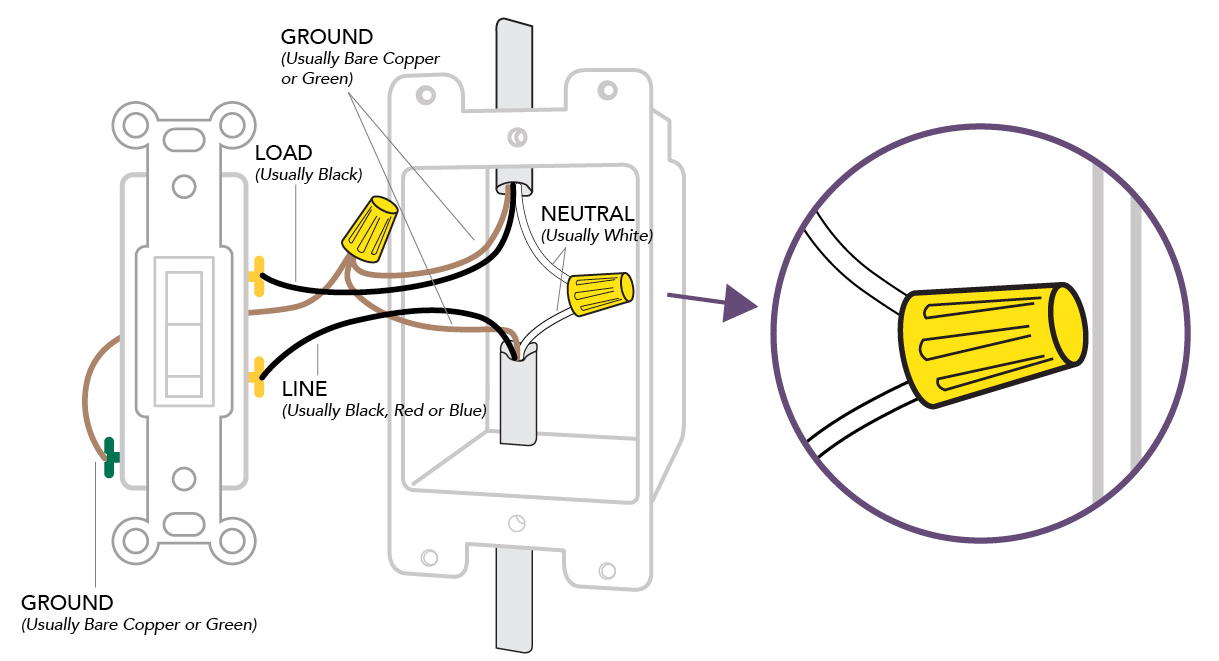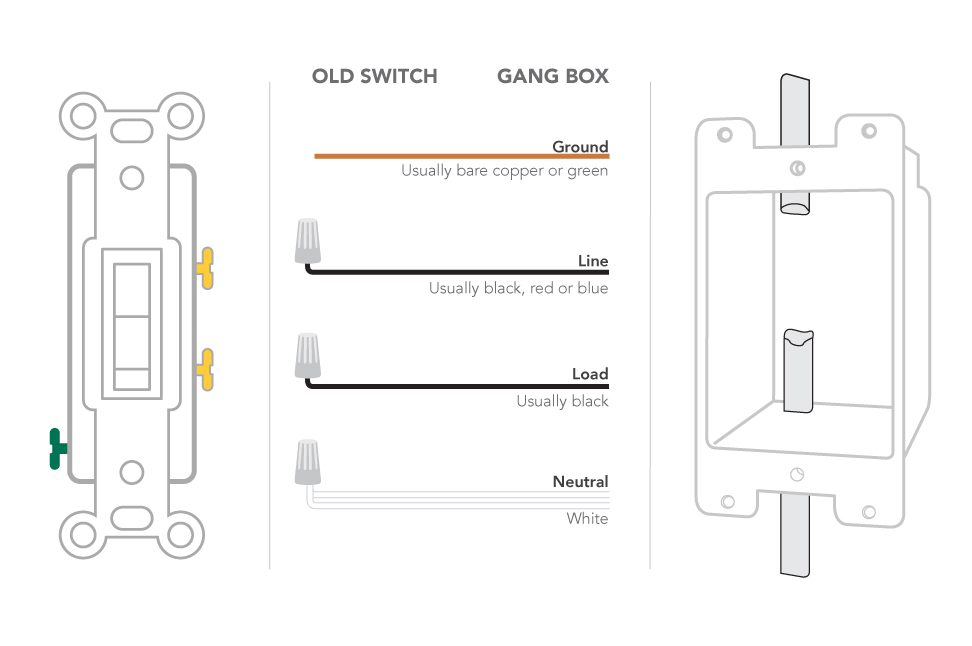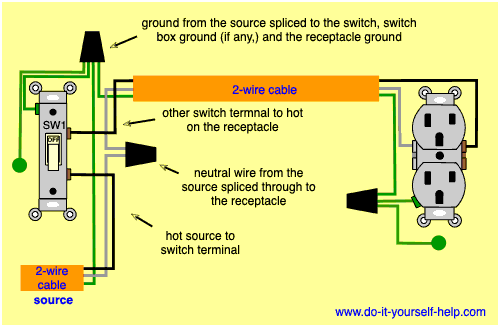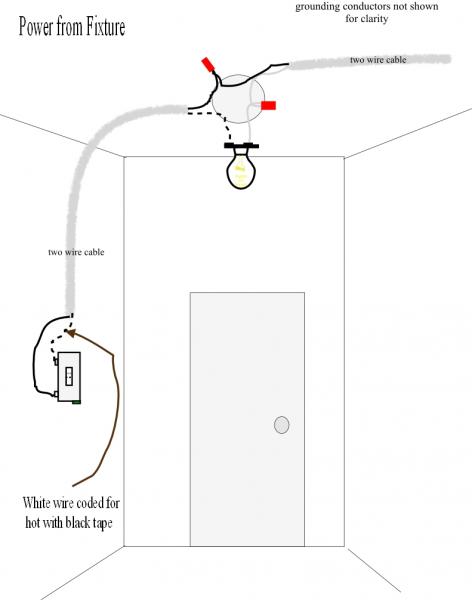One screw terminal is for the hot wire that feeds the switch from the power source. Single pole switches are the most common light switches in a home.
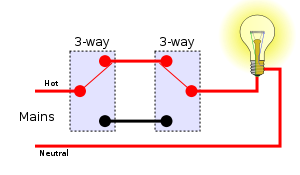
Multiway Switching Wikipedia
How to wire a single pole switch diagram. Switch wiring shows the power source power in starts at the switch box. The most simple and common method of wiring a single pole switch. Single pole switch diagram 2 this switch wiring diagram shows the power source starting at the fixture box. The difference between a single and 2 pole switch is a 2 pole is nothing more than two single pole switches built into one device. Level beginner description power a hot and a neutral is fed to the switch with 1 switch leg run from the switch to 1 light. A 2 wire feed is pulled from the nearest source of power like a receptacle or the panel to the switch.
Featuring wiring diagrams for single pole wall switches commonly used in the home. A double pole single throw dpst switch controls the connections to two wires at once where each wire only has one possible connection. A dimmer switch is wired the same way as a single pole switch. Explanation of wiring diagram 1. Circuit electrical wiring enters the switch box. The black wire power in source attaches to one of the switch screw terminals.
They have two screw terminals plus a ground screw. In other words its like two simple switches controlled by a single actuator. The white wire of the romex going to the switch is attached to the black line in the fixture box using a wirenut. In this illustration you can see the red hot lead wires of the dimmer are connected to the inbound black wire from the electrical source the electrical panel and the black wire that goes to the light fixtures black wire which in this case is a white wire that has been taped with black electrical tape. The white wire becomes the energized switch leg as indicated by using black or red electrical tape. Either 142 with ground wg for 15 amp circuits or 122wg for 20 amp circuits.
The other terminal is for a second hot wire called a switch leg that runs only between the switch and the light fixture. This type is useful when two different circuits have to be turned on together such as when one circuit powers a bathroom light and a different circuit powers an exhaust fan.
